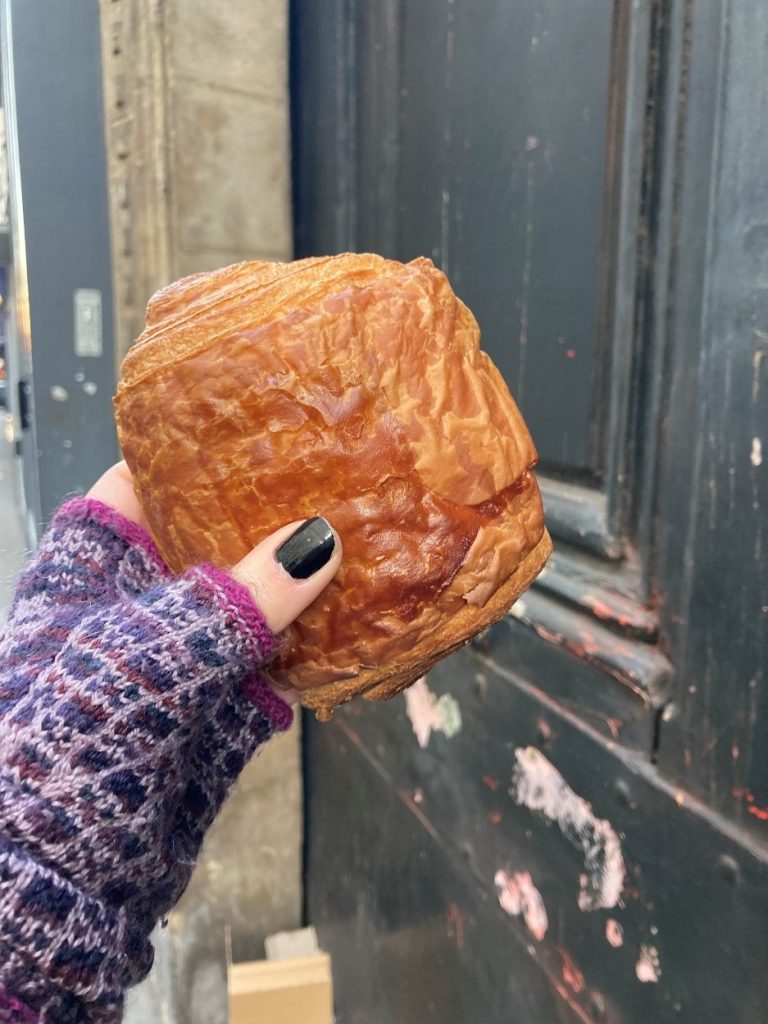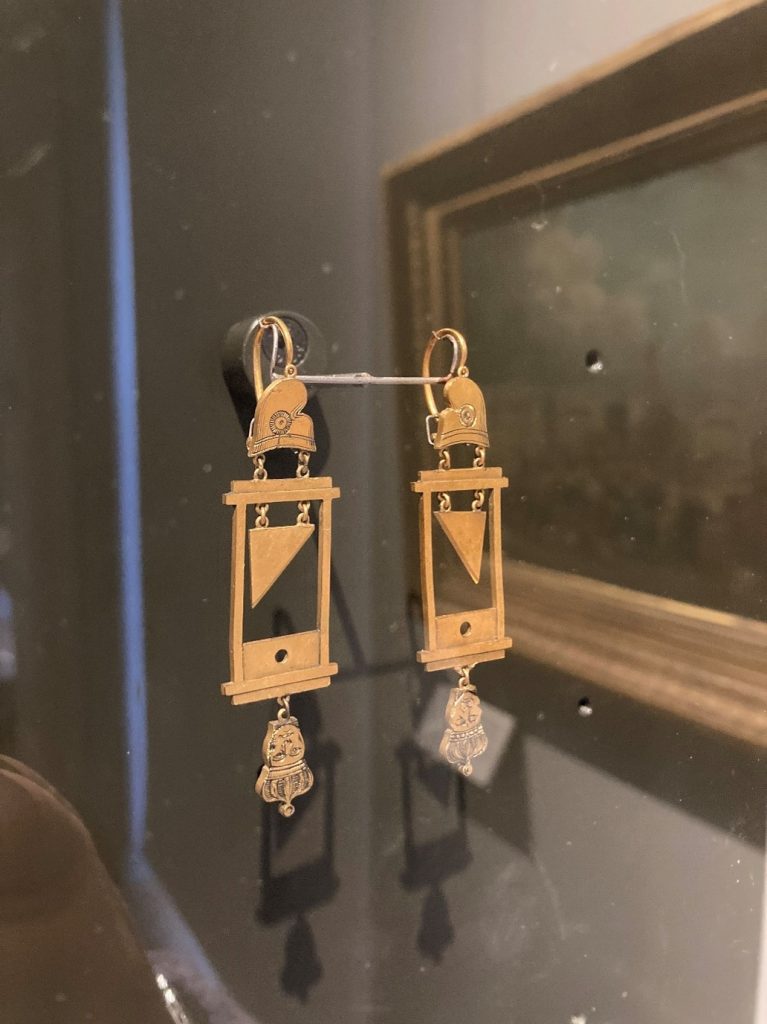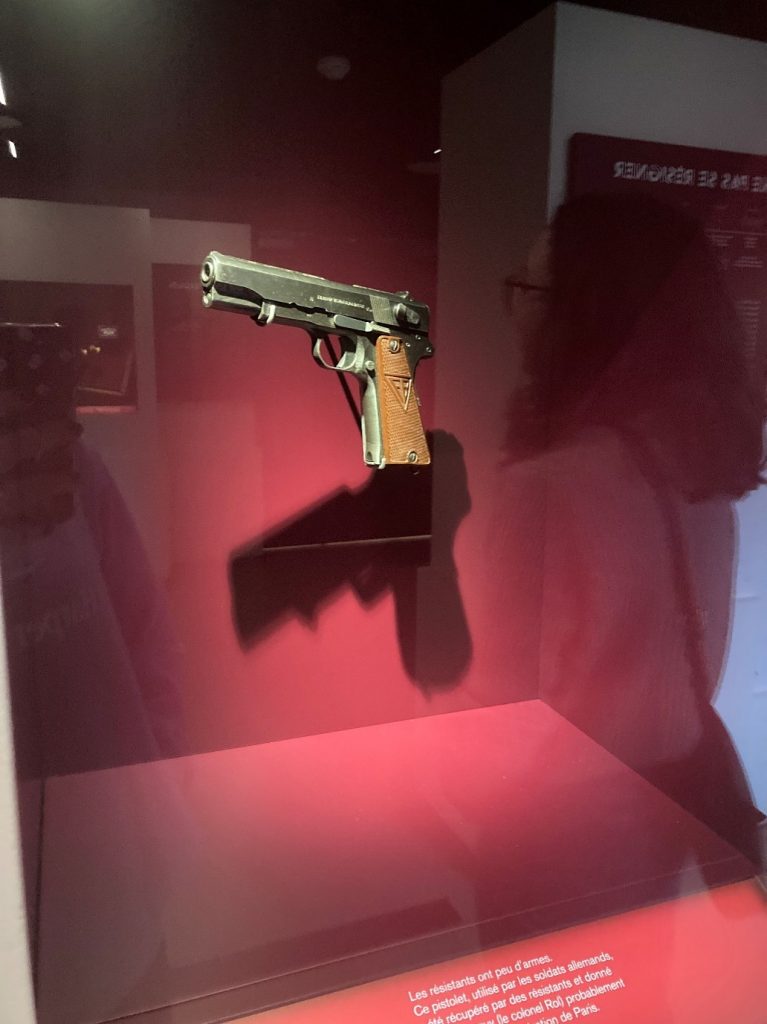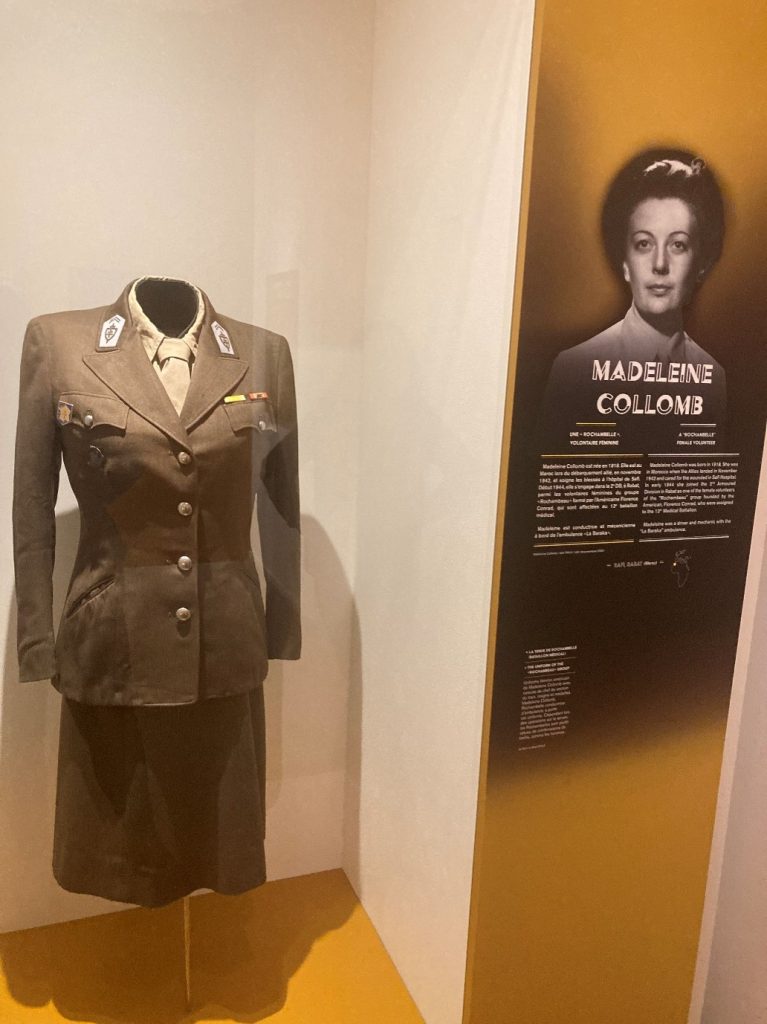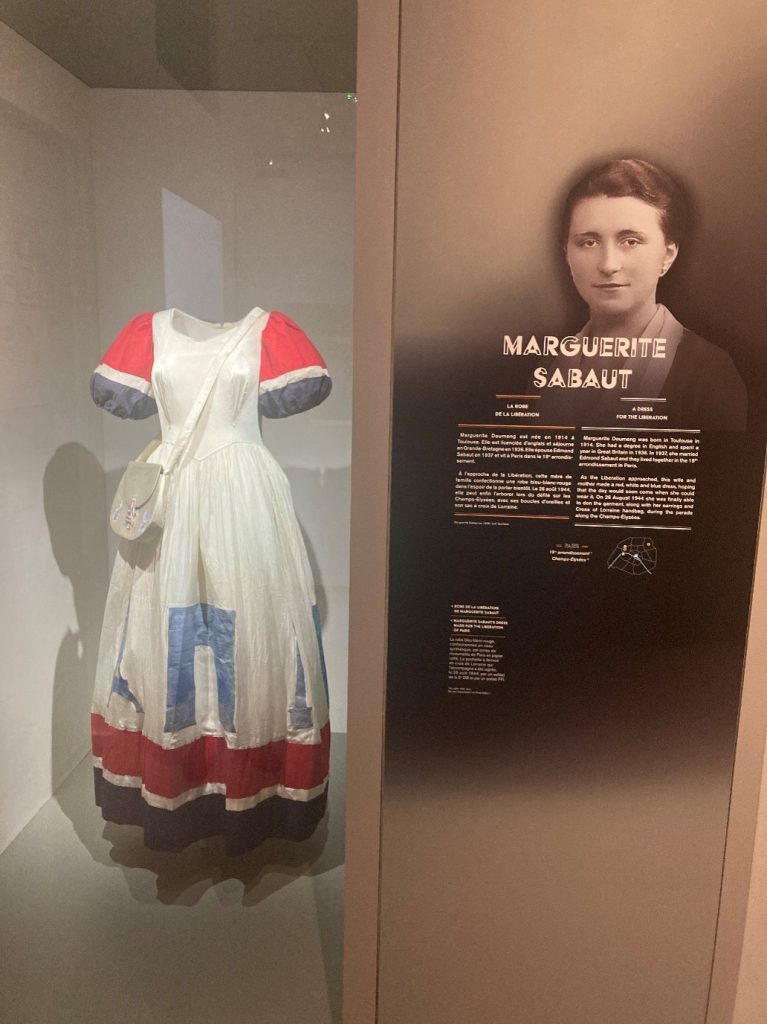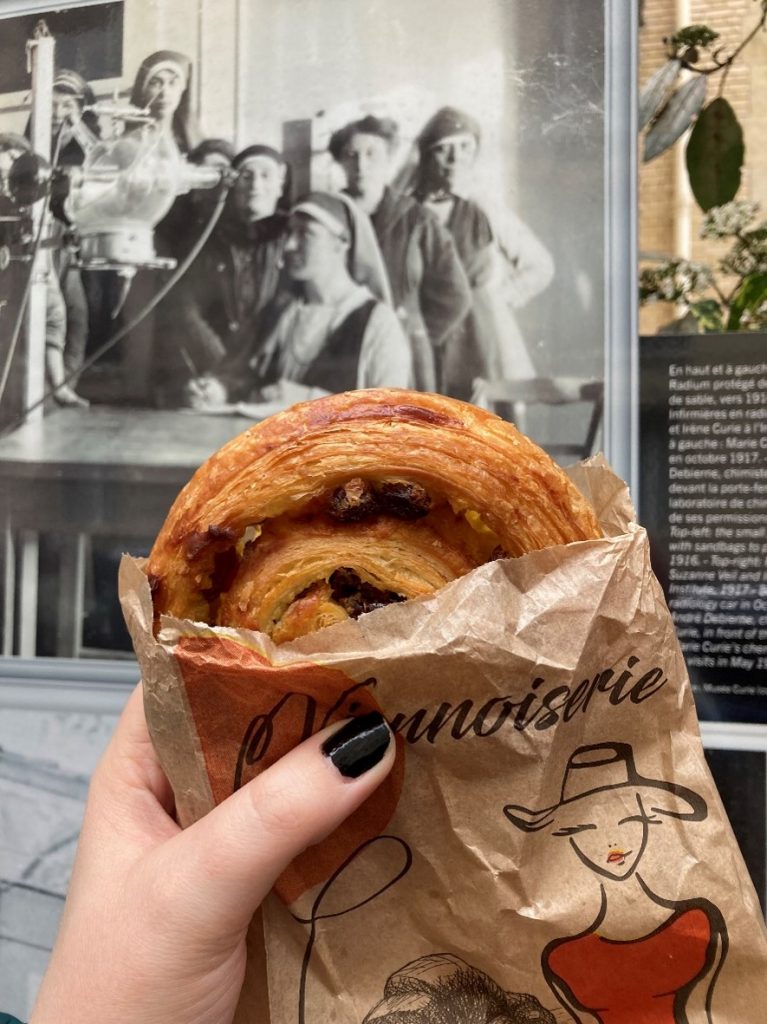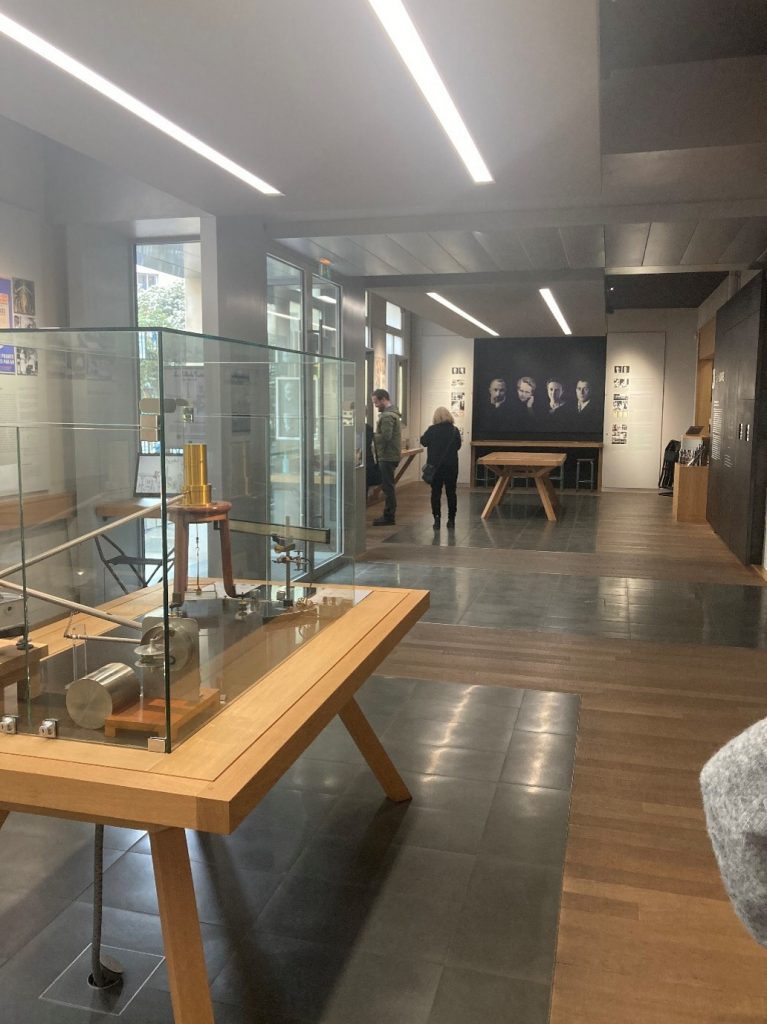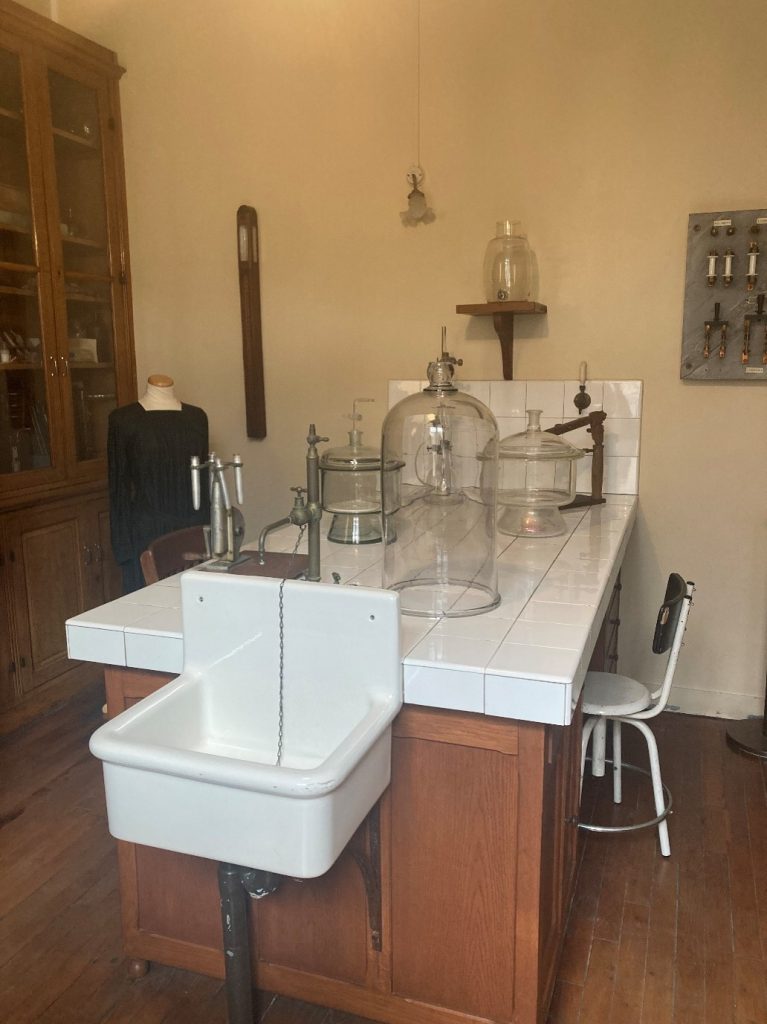Martin Howe Travel Bursary Report By Samantha Daisley
2023 saw the return of the overseas study trip, and we decided to do it in style by travelling to Paris! I’ve been on a few SEMFed study days before and had often longed to go on one of the study trips. As part of my AMA I decided to help with organising this year’s study trip; we selected Paris as it meant we could travel by train making overseas travel easier — I hadn’t been abroad since before the pandemic so it was a good way to ease myself back in. Unfortunately train strikes meant that a few members of the group had to cut the trip short, and a few of us had a tense moment waiting to see if they would go ahead. Luckily everything could go ahead!
Day one
On Wednesday 8th of February I arrived to Paris by Eurostar, and (being very brave) took the metro to our hotel! It was a lovely little Ibis near to the Bastille and well placed for all of our museum visits! We met up with the group for dinner at the hotel bar and enjoyed a nice meal before settling down for some shut eye before a jam-packed day!
Day two
Pastry number one — Any good day in Paris must start with a pastry!
Our first visit was to the Musée Carnavalet. This museum is dedicated to telling the history of the city, which includes an archaeological collection, large galleries on the French Revolution, paintings, sculptures, furniture… even a section on old shop signs!

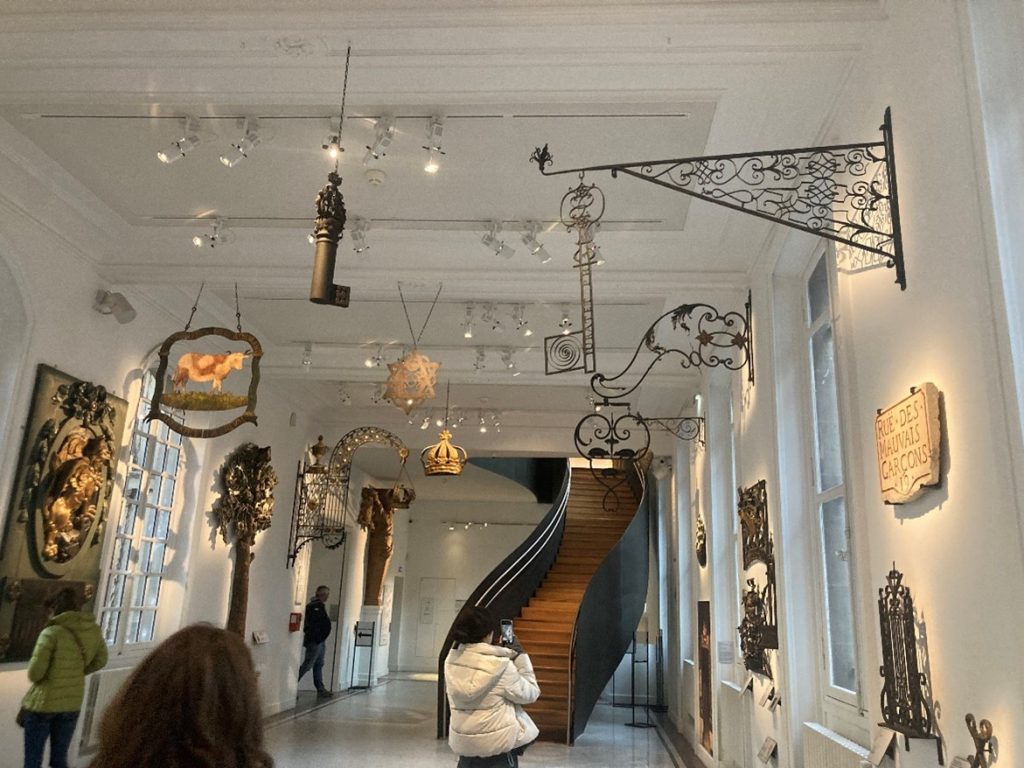
The museum also tells its story through rooms that reconstruct 14th and 15th century private residences. This was where I saw one of my favourite objects — a small, but exquisite dog bed made of a blue brocade fabric, with a curved roof, plush pillow and delicately carved wooden decoration. I loved imagining the fancy little dog that would live in this bed, and decided my future dog should have a bed just like it.

Yes this was my favourite room because it matched my hair perfectly…

This was a self-guided trip around the museum, giving our group the chance to engage with the history of Paris and to spend more time with exhibits we were interested in. I have a real interest in the French Revolution (started in A‑Level history) so I enjoyed the chance to see some objects from the revolution. My favourite were a pair of guillotine earrings made of engraved brass. These are an example of the use of the guillotine as a Republican patriotic ornament which was an image that continued well after the Revolution.
The museum also included drawings from children in their interpretation of the objects and artwork. Take a look at this flintlock pistol reinterpreted as a banana!
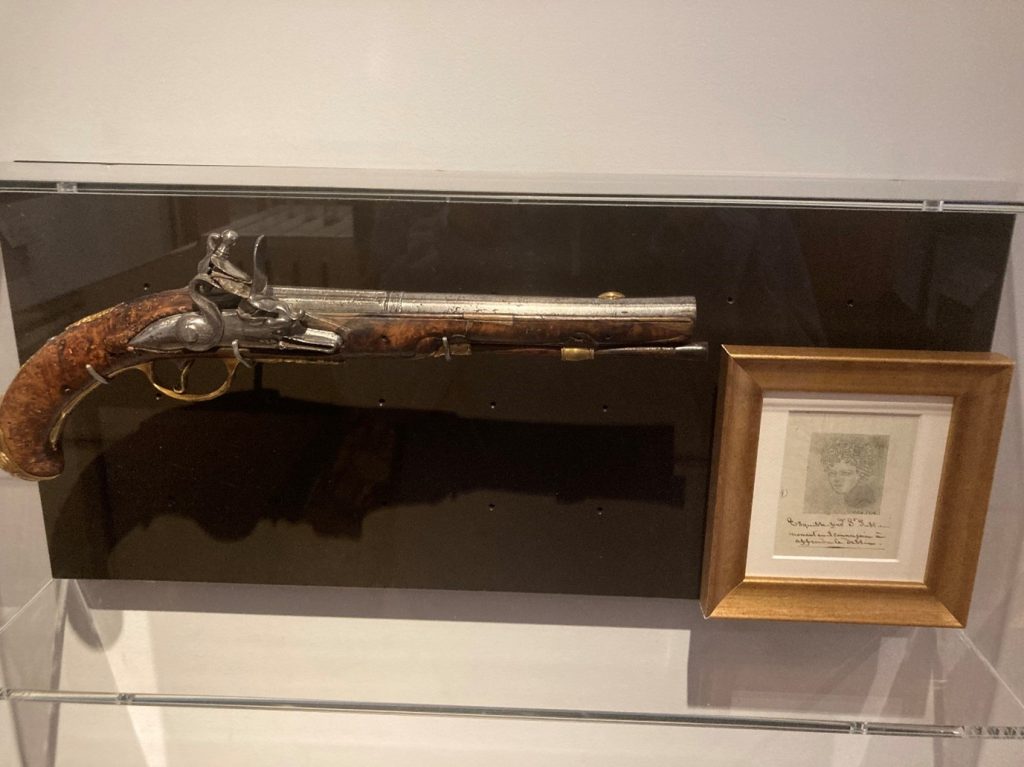
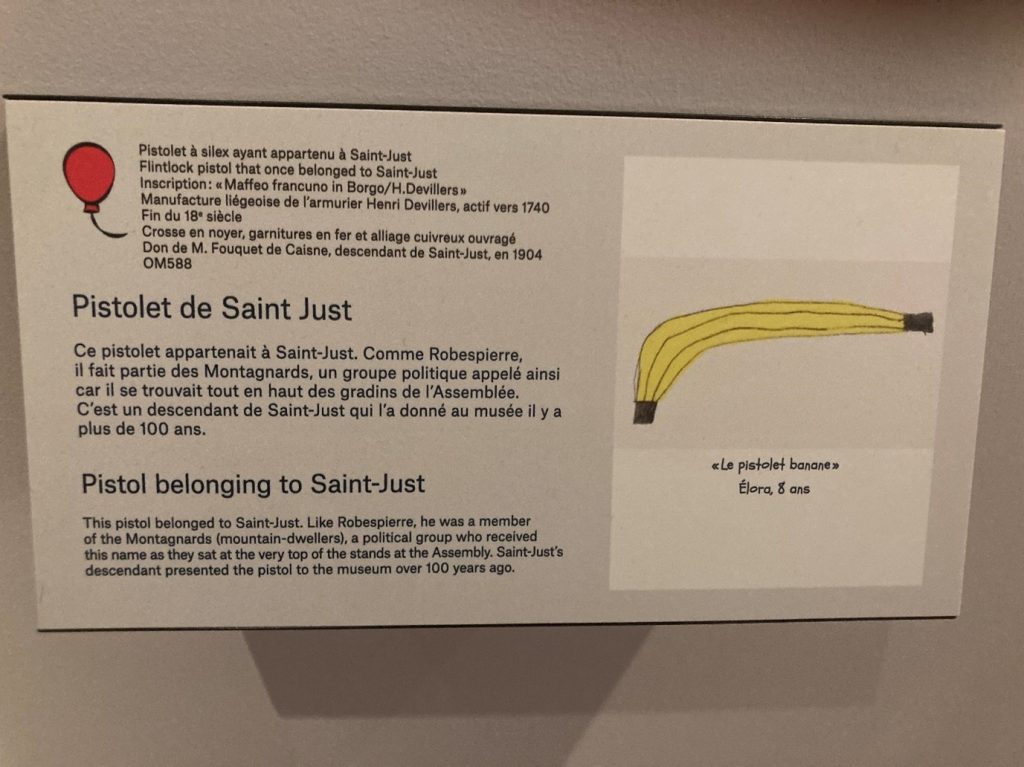
After a quick explore of Paris (and some delicious crepes) we made our way to our second museum of the day; Musée de la Libération de Paris — Musée du Général Leclerc — Musée Jean Moulin, the Liberation of Paris Museum. The museum tells the story of the Liberation of Paris from German occupation through the stories of the people who lived through it. The displays were effective, using minimal objects to maximum effect. The story through the lens of real people made it poignant and brought the stories to life. Although the museum was text heavy, it did not feel difficult to read your way through to liberation.
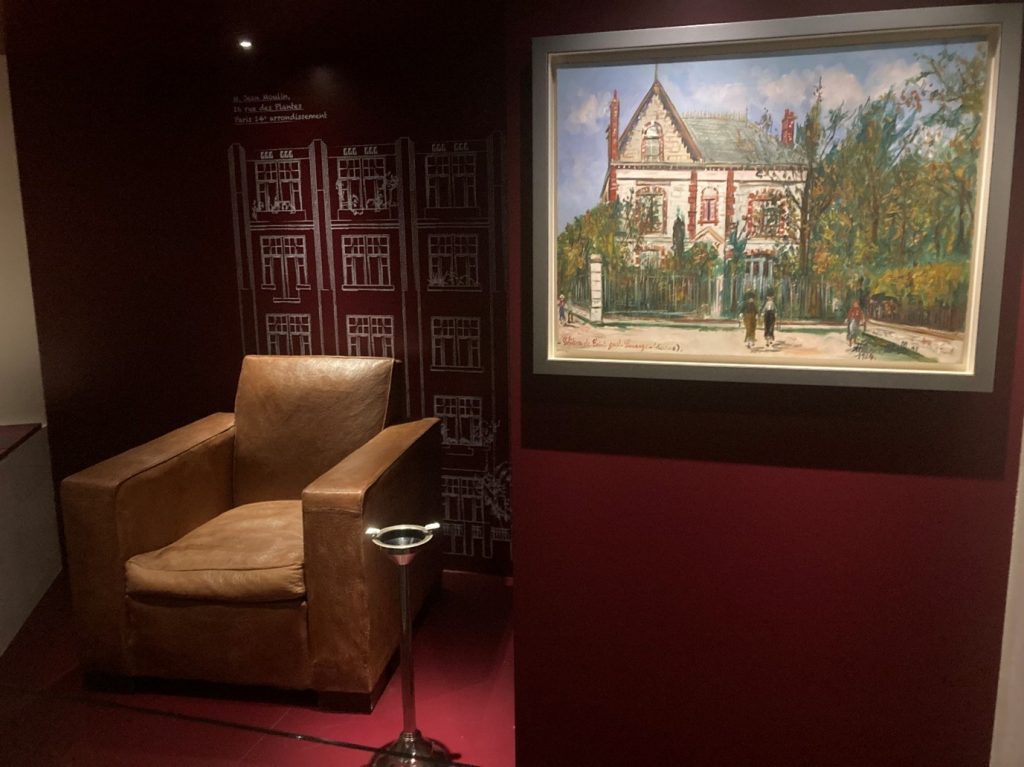
They also had recordings of stories told by the people who were present at the liberation, and the horrific, heroic, and terrifying ordeals they went through to free Paris. Seeing real people talk about these events really highlighted how recent it was, and really brought home this period for the people in Paris.
One story in particular caught my eye; a tricolour dress made by Marguerite Sabaut. As the liberation of Paris approached, Marguerite made this dress hoping to be able to war it soon. She was finally able to wear the dress on August 26th 1944 during the parade along the Champs-Élysées.
I loved this story, as it showed that the liberation had an impact on everyone. I liked that the museum highlighted a story that wasn’t dramatic or heroic, but instead the hopeful nature of a woman making a dress to celebrate a possible freedom.
The day ended with a lovely group dinner at Les Marroniers!
Day three
Pastry number two — there’s a theme here
Our first visit of the day was to the Musée Curie. They were kind enough to open the museum just for our group, so we had the run of the place to ourselves. The Musée Curie is in the location of the former laboratory of Marie Skłodowska–Curie and tells the story of the history surrounding radiological research. Although this is through the lens of the Curie family, it was not a museum dedicated to the family!
We were then given a guided tour around the museum. There are sections at the back of the museum set up exactly as they were when the building was a laboratory and the workplace of Marie Curie. It was amazing to see her office set up and we were able to compare how it looked with archival photos.
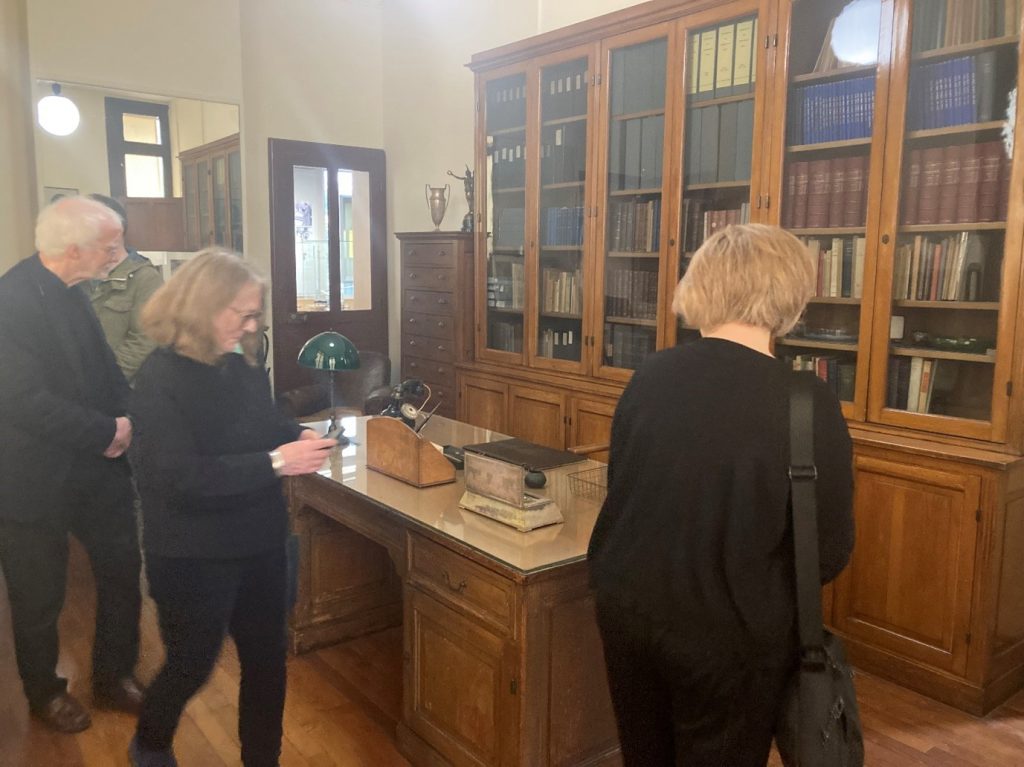
We were also able to see Curie’s personal laboratory — and informed that due to regular tests and cleaning it was actually one of the least radioactive places we could be! Stored in this room was Curie’s lab dress, which really helped us to imagine her conducting research.
My favourite part of the tour was a small exhibit on the other applications of radium such as purifying water or used as a cosmetic.
We were also allowed to have a quick peak into their onsite stores…
Next was lunch — and a cheeky visit to a few locations from Emily in Paris…
Our final visit was to the Musée de l’Histoire de la Médecine which was on the second floor of the Université Paris Cité headquarters. The museum opened mid-1950s was initially only accessible to professors and students of the Faculty of Medicine, but opened to the public in 1994. It contains some of the oldest collections elating to surgery in Europe!
After climbing two flights of stairs we made it to the impressive hall housing the museum’s gallery.
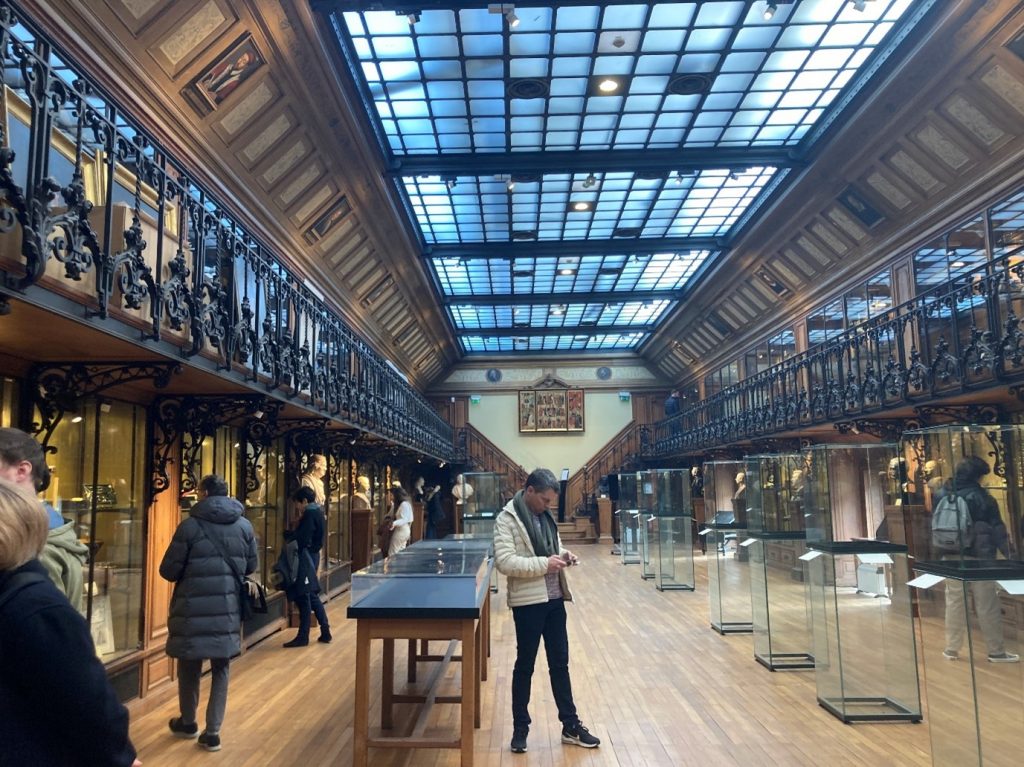
We again were given a tour with both the director and the curator of the museum! They talked us through some of the collection highlights, including instruments used in the care of Louis XIV, an impressive piece of art made of ceramic showing different eye diseases, and my favourite; a table made by Efisio Marini made of petrified human remains. I remember reading about this table a long time ago, so it was a real surprise to see it!
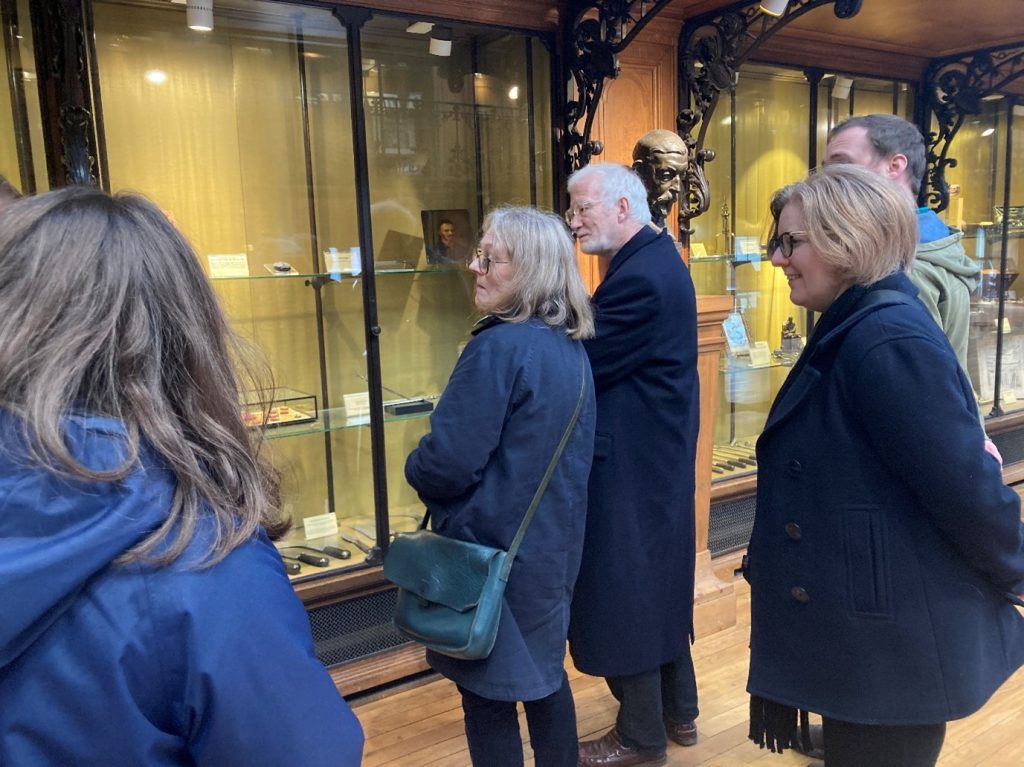
We were then lucky enough to be taken behind the scenes to the museum offices to have a discussion about the running of the museum. It was refreshing to hear that museums all over are facing the same issues – staffing and storage predominantly – and it was nice to be able to have an open discussion.
We really appreciated the chance to have these conversations with our overseas colleagues and had a lot to think about on the way home!
The SEMFed trip to Paris was certainly and interesting and valuable experience. I visited four museums I probably wouldn’t have gone to (or known about), but I think these museums gave us a good insight into the range of museums available in Paris. It was also a great chance to connect with colleagues across the sector and to share our experiences!
